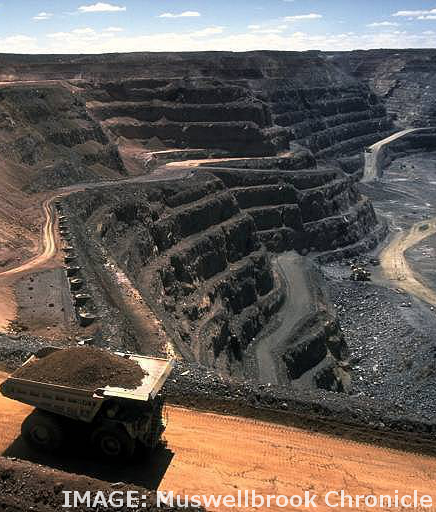Mine impacts unknown
 New research has found that impacts for half the world’s mines are undocumented.
New research has found that impacts for half the world’s mines are undocumented.
The satellite image analysis suggests Australia and other large mining nations such as Russia, China and Brazil have the biggest areas of undocumented or under-measured mine impacts,
Experts say that as the world shifts from fossil fuels to metals and minerals essential for powering the clean energy revolution, a comprehensive grasp of the associated human and environmental risks is needed.
Dr Tim Werner from the University of Melbourne and Dr Victor Maus from Vienna University of Economics and Business, in their commentary in Nature, say that 56 per cent of mines visible via satellite imagery are missing vital information in the Standard & Poor’s Capital IQ Pro (S&P) database.
This database is used not only by investors but also for assessing environmental and community impacts of mining operations.
Australia, despite its stringent industry regulations, ranked sixth globally for the most undocumented mine impact areas, with data on 39 per cent of mine areas missing or incomplete.
There are particular challenges posed by Australia's vast mining industry, which includes 95,000 historic and active mineral extraction sites, many in remote locations.
The analysis showed Russia leading in undocumented mine impacts, followed by China, Indonesia, Brazil, and the United States.
In countries like Afghanistan, Belarus, and Syria, S&P found no reports to track impacts at all, further displaying the pervasive lack of transparency across the globe.
The gap in data not only hampers regulation but also complicates efforts to understand mining's local and global environmental impact.
This lack of transparency undermines industry accountability and public trust, potentially concealing projects that harm the environment while overshadowing commendable initiatives.
Illegal mining further exacerbates these issues, with the UN reporting over 80 per cent of gold mined in Colombia and Venezuela originating from illegal sites.
Dr Werner suggests a multifaceted approach to improve mining impact transparency, including highlighting data weaknesses, fostering collaboration among researchers, enhancing regulatory frameworks, and leveraging technology like remote sensing and AI to monitor and verify mining activities.







 Print
Print